Category Archives: noticia
Visits in my Studio
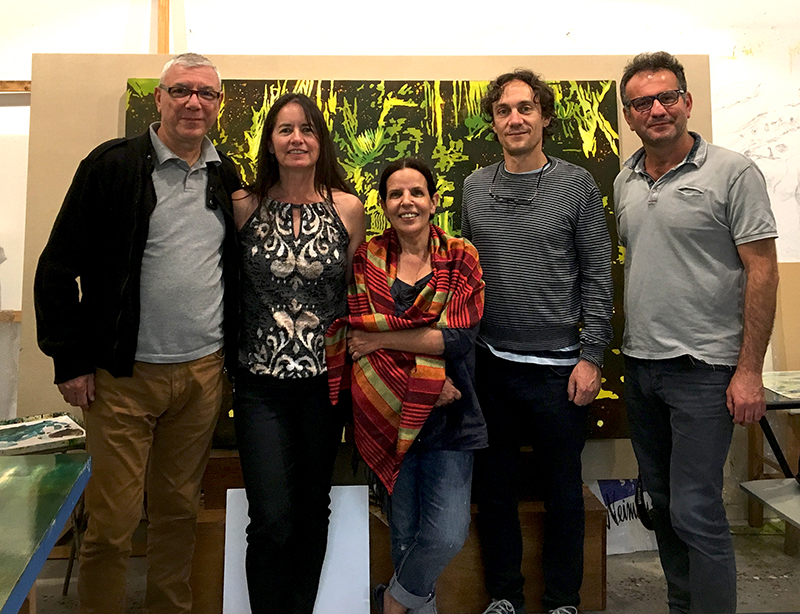
Yesterday I had some very important visitors in my Studio: Massimo Scaringella and Maria Bernadette Bredfeldt, curators of Shay Frisch’s excellent show, “Campo 47283_B/N”, that opens tomorrow at MAC Parque Forestal. Next to Shay is Piero Mottola, the artist behind “Cruces Sonoros”, also opening tomorrow at MAC. ¡Don’t miss the show!
Formas D’Agua Brazil


Save
Water Forms
When water runs out, there is nothing that can replace it.[1]
Patricia Claro started her investigative work on nature and the behavior of freshwater nearly a decade ago, placing this water resource –national and world heritage – as the object of her creation. Through a diligent research, she has perfected and refined her technique, through the decomposition of image layers, giving life to particular forms of water.
The sample contains a variety of pictorial, digital and manual elaborations, various languages that show a creative process that has been transformed into a work of art. The way to represent light through masked pictures, fabricated by delicate cut-outs, the artist reveals certain codes and figures of water. At the same time, the photographs are part of the archive of the path from which these codes of water deformation are extracted, drawn by beams of light united to a rhythmic motion. The video is the witness of this scenario in continuous change and renewal.
In the context of the overflow metaphor, which refers to the problem of freshwater shortage that the planet has been experiencing for years, Patricia’s work re-creates freshwater sources through images that convey the physicality of the water, through the dynamism between light, background and environment; which act as an extension and perpetuation of it, noting the infinity of images contained in each piece of river. The beauty of the images transmitted take the viewer to see the water again, but from a different valuation because the works of the artist discover the greatness contained in it, “making it talk”, so that it can communicate its content and memory to the viewer. Claro, through the technique used, lends water a way of expression: water is shown through the play of light that the artist is able to transfer from the river to the canvas, allowing it to be seen by countless viewers. By letting us get to know what water contains and expresses through the recreation of images, it leads the observer to consider water as an element worthy to be valued and protected. Thus, Claro’s paintings prolong and drag on their existence and, simultaneously, promote an awareness on the viewer about its preservation, to value it as an inexhaustible source of beauty.
When transfering the motion of the waves and currents, the artist discovers certain forms and signs that water reveals and represents, which resemble the characters in Chinese writing, as if an alphabet itself were contained in it. It is a meaning that attempts to be decoded to come to the exterior. However, in order to hear the water it would be necessary to spend hours in silence and admire it with absolute care and detail. With this purpose, the author goes to her source of fresh water in southern Chile, where – in a retreat of silence and contemplation – observes for hours, days, weeks and months the natural state of water, especially the transformations associated with seasonal changes. The digital record serves as a witness so that, when back in the studio, the multiplicity of images viewed can be recalled and associated with a unique deformation code that seems written on the the surface of water itself. This set of signs written by light and movement constitute the motive of the photographs that she presents, from which the phonemes that make up the language of water are removed.
The particular similarity between these aquatic ideograms and the Chinese calligrams is not casual. In the words of Ezra Pound, “(…) the Chinese notation is much more than arbitrary signs. It is based on a vivid shorthand picture of the operations of nature (…) The fact is that the acts are successive, even continuous; one is cause or succession of the other. ”[2] In this way, the photo sequence constitutes a story that contains information of nature, as well as water figures which have been cut and linearly exposed.
Water has the quality of being in constant motion and that is why the images that it emits when it recieves sunlight are endless, inexhaustible and exclusive: there will never be an exact repetition of the conditions of movement, light, flow, topography and climate , that allow a replica of any of the images delivered by the water.
What does water want to tell us? How can we interpret its writing? We know that it shows us the nature and reflection of the surrounding environment: trees, branches, clouds, earth and the sun itself; but the forms drawn by the light that appear in a sequencial order due to the continuous permanent move, seem to contain something more … What information is contained in them?
“The world is an immense Narcissus that is thinking.”[3] The water, like a mirror, reflects us… reminding us who we are, holding our identity.
Perhaps water contains the memory of the history of mankind. If so, the need for its care and respect is presented as an uncompromising imperative: preserve freshwater sources is to preserve the legacy of man.
References
Bachelard, G. El agua y los sueños. Fondo de Cultura Económica. Mexico, 2003.
Fenollosa, E., Poud, E., El carácter de la escritura china como medio poético. Translation of Mariano Antolín Rato. Ed. Visor. Madrid, 1977.
Shiva, V. Las guerras del agua. Ed. Icaria. Barcelona, 2002. Vandana Shiva, Indian scientist and philosopher who has devoted much of her research to the problem of water, current director of the Research Foundation for Science, Technology and Natural Resource Policy.
[1] Shiva, Vandana. Las guerras del agua. Editorial Icaria. Barcelona, 2002. P. 32.
[2]Fenollosa, Ernest; Poud, Ezra. El carácter de la escritura china como medio poético. Traducción de Mariano Antolín Rato. Editorial Visor. Madrid, 1977. Pp. 33-37.
[3] Gasquet, Joachim. Narciso, p. 45. En: Gastón Bachelard, El agua y los sueños. Fondo de Cultura Económica. México, 2003.
Painting for Hotel Awasi Patagonia
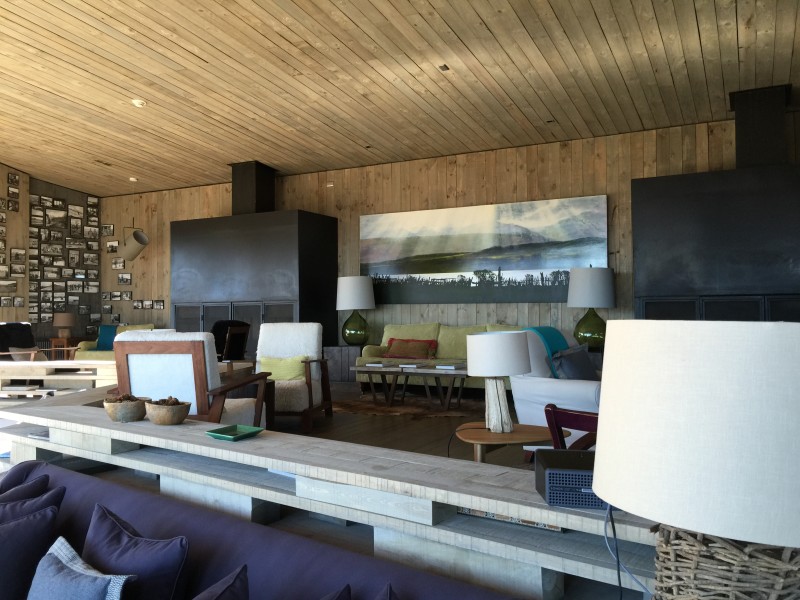
Hotel Awasi Patagonia commissioned a painting for their sitting room and also made a very nice interview of Patricia in their blog. To read it you can click here.
Save
Save
Patricia Claro: “I steal eight seconds from Rio Bueno’s time”
The artist travels to Rio Bueno to begin her work. There she has a limited amount space, between two rapids. “My journey takes me as long as the river needs. I must commit to the cycle of nature, if not I get left out of it,” she says. Her last and rigorous painting -which also has much technique and theory- opens on Tuesday.
By CECILIA VALDÉS URRUTIA
Art Educator Ana Ruas’ Educative Project
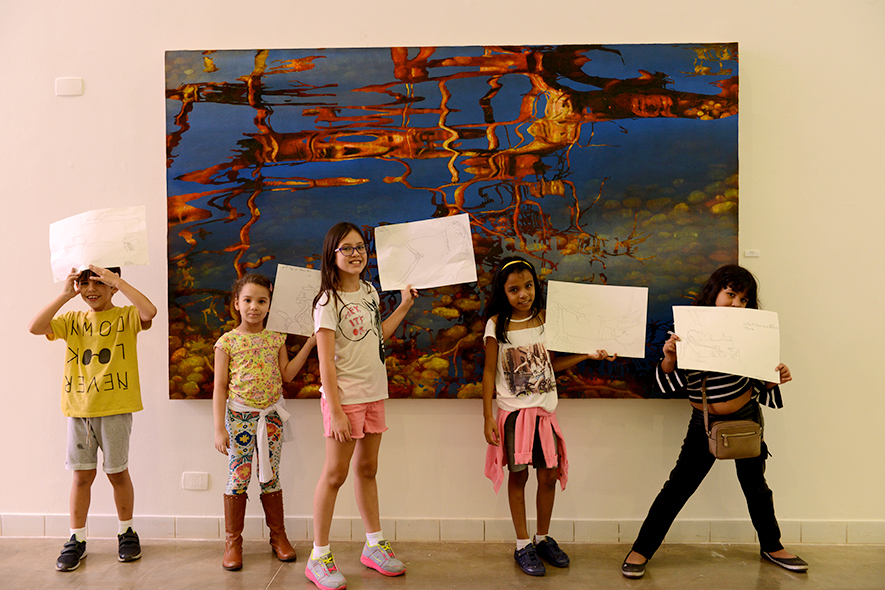
The Brazilian artist Ana Ruas developed several activities together with her students, around the theme of water, based on the works of the Formas D’Agua exhibition in Museo Marco. Read more →
Talk FORMAS D’AGUA
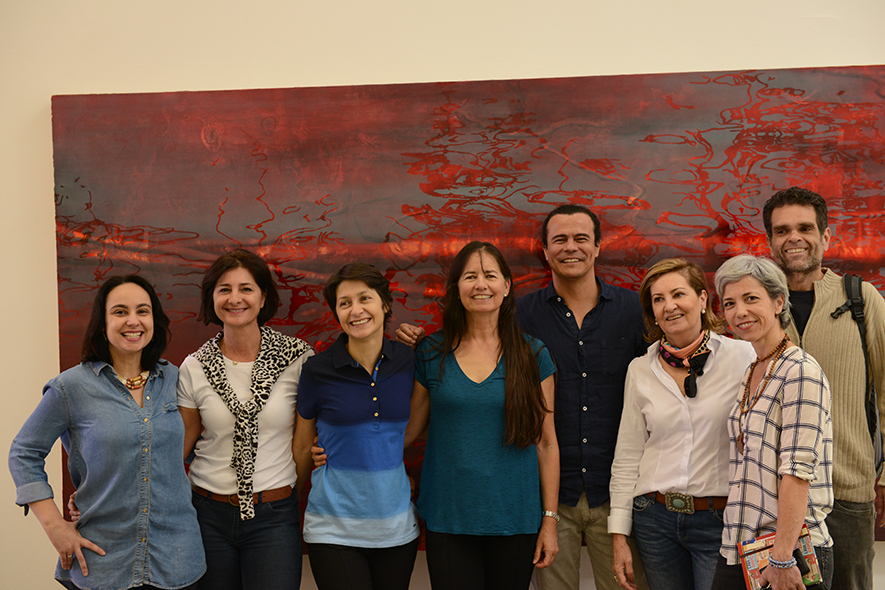
Talk given at the Marco Museum, explaining my work process and analysis on the subject of water. With the presence of the director of the Marco Museum, personalities of the Ministry of Culture, professors of Campo Grande University, curators, students and friends. There was much interest, so at the end of the talk, we continued with a conversation directly in front of the works. Read more →
“Best of Contemporary Art in the 56th Venice Biennial”
The show gathers 136 artists from 90 countries.
Diario El Mercurio, May 2015.
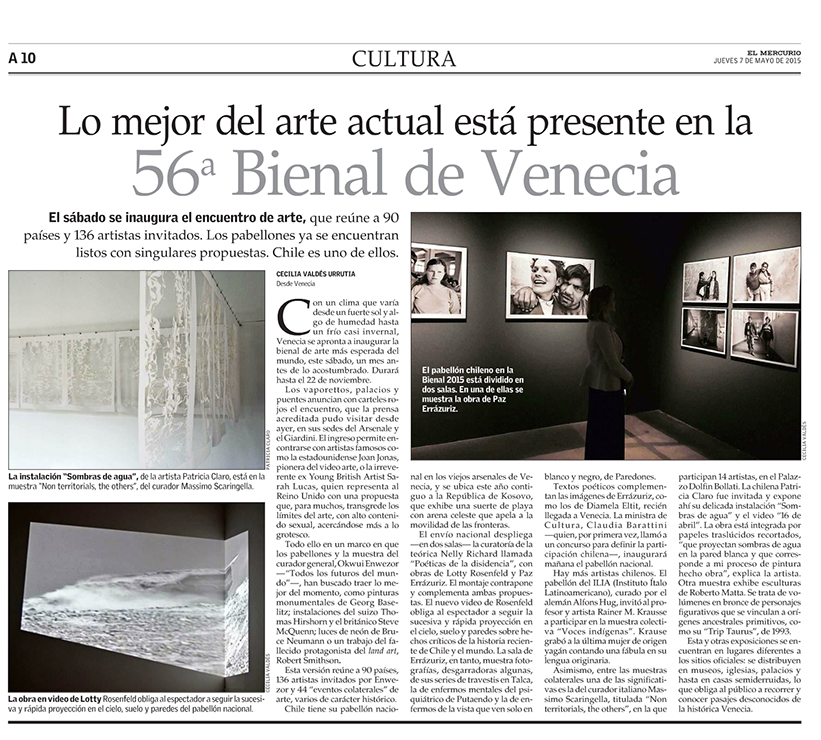
Save
CONTRASTES Y UTOPÍAS – IV Biennial of the End of the World
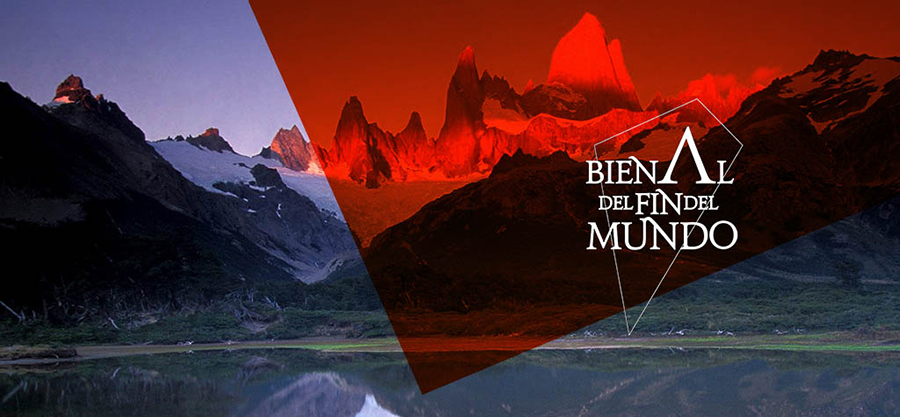
Biennial of the End of the World
Hall Central del Palacio Municipal, Mar del Plata
Founded in 2007 in Ushuaia, Argentina
Organizer: Fundación Patagonia Arte y Desafío
Created by the Fundación Patagonia Arte y Desafío in the context of Polo Austral de las Artes de las Ciencias y la Ecología Project, with the sponsorship of the Fundación Memorial del Parlamento de San Pablo, Argentina Biennial, under the name of Biennial of the End of the World.
VI Edition:
With more than 150 artists from 35 countries on 5 continents and a new Contemporary Popular Music Festival , the Biennale Argentina , opens on Friday December 12 fourth edition which will run until the end of February.
Its headquarters will be in Mar del Plata and will in February and March special interventions in Valparaiso and Punta Arenas , transforming its proposal to incorporate binational Chile as part of this regional world order , which covers the Southern Cone of America .
With an exhibition of contemporary art in various formats and different locations in the city of Mar del Plata will open on Friday 12 December 4th . Editing the BIENNIAL OF THE END OF THE WORLD: ” Contrasts and Utopias ” and will run until February 22, 2015 .
The Artistic Director is Scaringella Massimo (Italy ) , also in charge of the direction of the committee of ten curators / international selectors. It also has the special collaboration of renowned Chilean intellectual Justo Pastor Mellado .
The End of the World Biennial opens a new award , having been elected in July in Berlin as a full member of the International Biennial Association ( IBA ), a prestigious institution based in South Korea that brings major biennial world .
This 4th edition will have to Italy as the guest country of honor. The proposal brings together more than 150 artists , national and international , including: Joan Jonas ( USA ) , Tracy Moffat ( Australia ) , Karen Cytter (Israel ) , Regina Galindo ( Guatemala ) , Matteo Basile (Italy ) , Fabio Mauri ( Italy) , Marinella Senatore (Italy ) , Toshihiko Kato (Japan ) , Marinella Senatore (Italy ) and Liliana Porter, and Juan Andrés Denegri Doffo , among Argentines
Patricia Claro selected work
video “APRIL 16”


